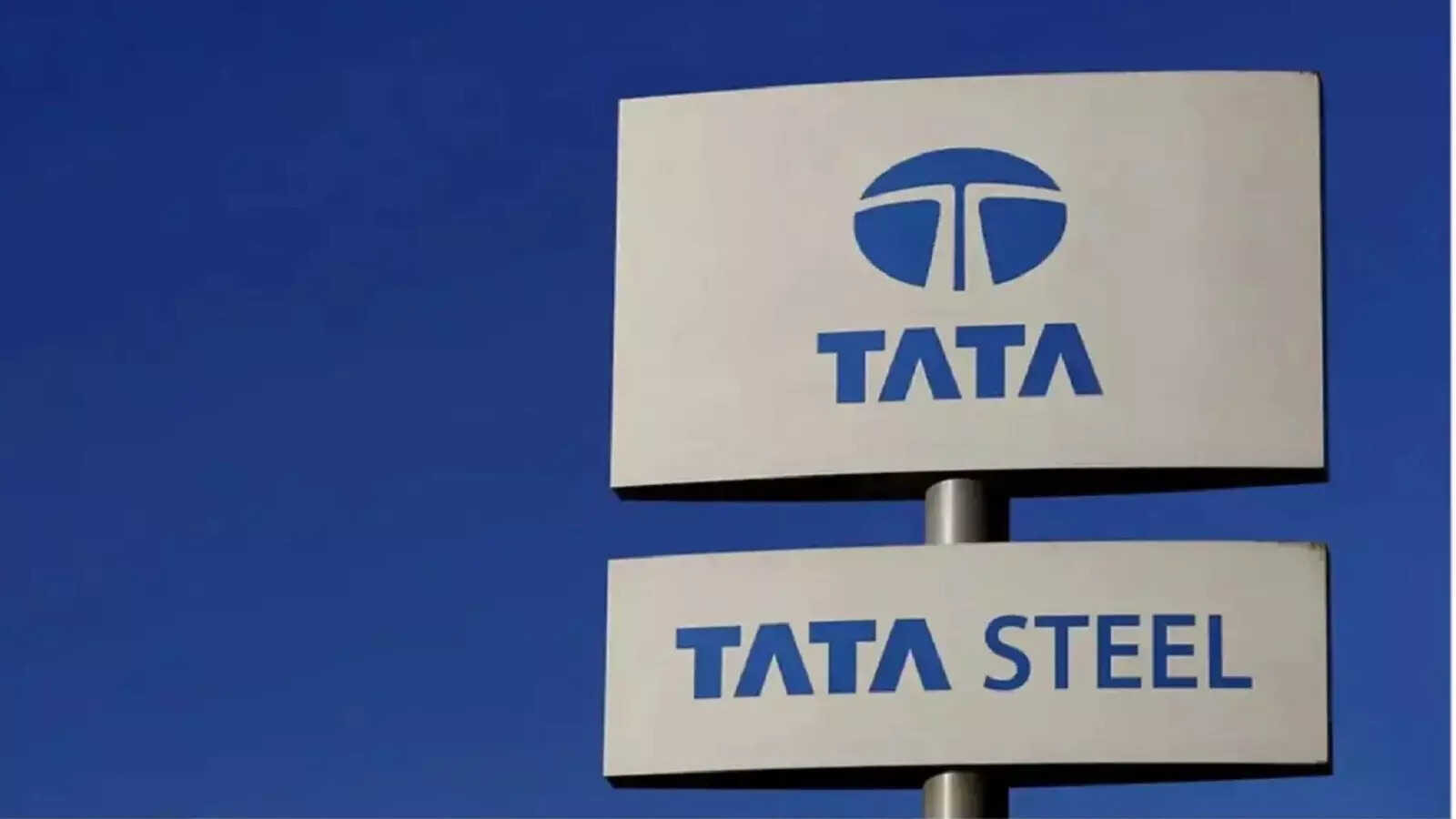Tata Steel is set to begin constructing its electric arc furnace (EAF) facility in Port Talbot, Wales, by July 2025, with production slated for 2027. Supported by UK government funding, this $1.5 billion project will produce 3.2 million tonnes of low-emission steel annually. The move signifies a shift towards sustainable steelmaking, utilizing scrap metal and reducing CO₂ emissions.
Tata Steel’s Bold Move: Breathing New Life into Port Talbot with a Green Steel Vision
Okay, let’s talk steel. Not exactly the sexiest topic at a cocktail party, I’ll admit. But hold on, because the latest developments coming out of Tata Steel and the UK are far more compelling than your average metal monologue. We’re talking about a potential industrial renaissance, a leap towards greener manufacturing, and a significant investment in the future of a community deeply rooted in steelmaking.
For generations, Port Talbot in Wales has been synonymous with steel. Its towering steelworks have been the lifeblood of the town, employing thousands and shaping its very identity. But like many industries, steel has been facing immense pressure – from global competition, environmental concerns, and the ever-present need for innovation.
That’s where Tata Steel’s ambitious plan comes in. They’re committing a hefty $1.5 billion (that’s a cool £1.25 billion, folks) to build a state-of-the-art electric arc furnace (EAF) facility at the Port Talbot site. This isn’t just an upgrade; it’s a fundamental shift in how steel will be produced there.
So, why is this EAF so important? Well, unlike the traditional blast furnace method, which relies heavily on coal and emits significant amounts of carbon dioxide, an EAF uses electricity to melt down recycled steel scrap. This significantly reduces the carbon footprint of the steelmaking process, paving the way for what’s often called “green steel.”
Think of it like this: imagine replacing a gas-guzzling SUV with a sleek, electric vehicle. Same function, drastically different environmental impact. That’s essentially what Tata Steel is aiming to do with its Port Talbot plant.
Now, this kind of massive undertaking doesn’t happen in a vacuum. The UK government is backing this project with a substantial £500 million. This isn’t just a handout; it’s an investment in the future. It’s a recognition that supporting industries transitioning to greener practices is vital for economic growth and environmental responsibility. It’s also a strategic move to secure a key part of the UK’s industrial base.
Let’s be honest, investing in transitioning away from a polluting model towards green steel will safeguard employment into the future, and that’s something a government would naturally want to get behind.
This investment brings with it a wave of benefits. First and foremost, it helps secure the future of steelmaking in Port Talbot, ensuring the plant will continue to operate, adapting to the market shift towards green practices. While a switch to the EAF method will inevitably affect employment, it is hoped that the investment will support long-term, sustainable jobs for the future.
The project is also a shot in the arm for the local economy, generating new opportunities and attracting further investment. And, of course, it makes a significant contribution to the UK’s overall decarbonization efforts, helping the country meet its ambitious climate goals.
But let’s not sugarcoat things. This transition will undoubtedly be challenging. Shifting from a well-established system to a completely different technology requires careful planning, skilled workers, and a willingness to adapt. There will be hurdles, no doubt. But the potential rewards – a greener, more sustainable steel industry, a revitalized community, and a stronger UK economy – are well worth the effort.
Moreover, this decision by Tata Steel could have a ripple effect across the entire industry. If they can successfully implement this green steel model in Port Talbot, it could serve as a blueprint for other steelmakers around the world, pushing them to embrace more sustainable practices.
The story of Tata Steel and Port Talbot is a fascinating case study in how industries can evolve and adapt in the face of change. It’s a story of innovation, investment, and a commitment to a greener future. It’s a story that deserves our attention, because it highlights the power of collaboration between industry and government to create a more sustainable and prosperous world.
This isn’t just about steel; it’s about showing that heavy industry can innovate and embrace a cleaner future. It’s a statement of intent, and one that, if successful, could resonate far beyond the borders of Wales. The transition won’t be easy, but the promise of a greener, more sustainable future for Port Talbot – and the steel industry as a whole – makes it a journey worth watching. And, hopefully, one worth celebrating in the years to come.
📬 Stay informed — follow us for more insightful updates!







